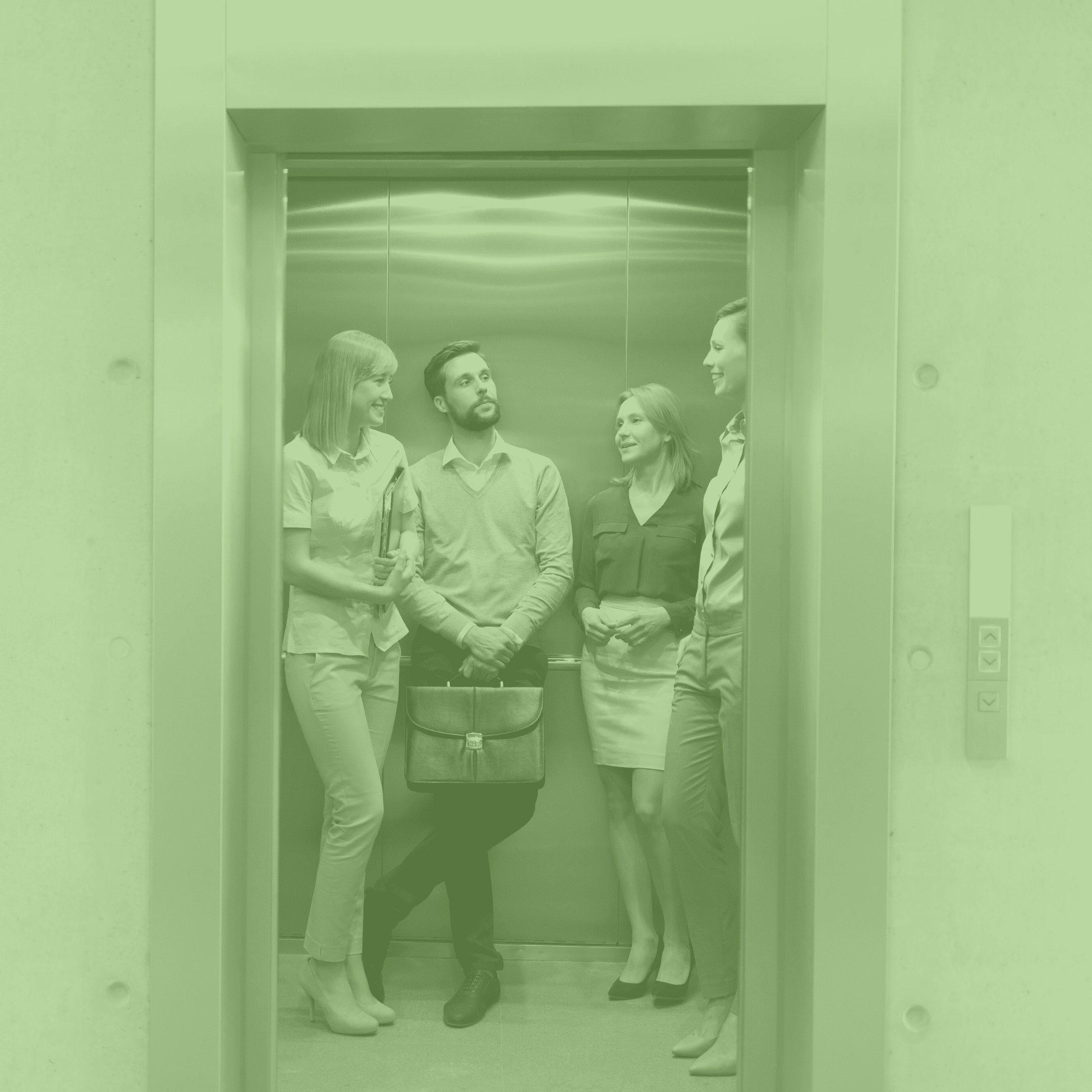Three innovations that make the world a better place

It’s official – winter has officially struck in Australia. But rather than fret, I have been warming up with some inspiring examples of innovation that improve the lives of vulnerable groups around the world.
In August, we will be announcing the AFR BOSS Most Innovative Company industry lists and following a peek at this year’s submissions, I am excited to see some amazing innovations solving big problems for people who need them most, particularly in the not-for-profit space. Last year, seven companies including the Whiddon Group, Oxfam Australia and The Smith Family ranked in the Top 100. It’s great to see ANZ companies striving towards customer-driven innovation and there are countless great examples of this internationally too.
In the spirit of warming up for winter, I’m sharing three heart-warming innovations that I love in health and aged care. Strap yourself in for some serious fuzzy feelings and maybe even a tear or two:
1. MakerNurse/MakerSpace at John Sealy Hospital in Texas
MakerNurse is a community of inventive nurses who are creating solutions to improve patient care every day. Experimentation in healthcare can be overwhelming but MakerNurse empowers nurses to put their ideas into action in pursuit of greater care and safety for their patients. It does this with a “MakerSpace” – tools and resources to enable nurses to build prototypes and test out their ideas. One nurse, Roxanne, has saved her hospital a quarter of a million dollars annually using bandages and scissors to treat abdominal wall defects in infants. Her patients can go home in almost two months instead of four with almost zero complications.
What can we learn from this: Quick and lean experimentation by front-line staff who are dealing directly with customer frustrations can empower people to make a difference right now! How can you empower your people to respond to customer frustrations by testing new solutions directly with customers?
2. Living Students of Humanitas, Deventer
The CEO of this nursing home had a goal of creating the warmest residence in the Netherlands. She was momentarily struck down with thinking that there wouldn’t be a way to solve this without investing in expensive staffing. However, she was able to crush this assumption by inviting students living in the city who struggle to find rentals with free accommodation – on the proviso that they are a good neighbour to residents! This means spending at least 30 hours per month with residents, doing everything from chatting, going for walks, and even educating them in beer pong! The relationships built between students and residents has brought joy, youth and passion into the daily lives of everyone at Humanitas.
What can we learn from this: Innovation shouldn’t cost thousands of dollars! Identifying and crushing the assumptions that fence in our thinking puts us in a better position to find new solutions that challenge the old-way of thinking. When faced with a problem, consciously identify the assumptions that are fencing in your thinking. Then, ask yourself – “What if the opposite was true? What ideas could spring from this new reality?”.
3. Dream Adventures: Partnership between Expedia and St Jude Children’s Research Hospital in Tennessee.
Now, about those tears I promised you. St Jude treats the toughest childhood cancers and paediatric diseases. Dream Adventures aims to bring immersive experiences to kids in the hospital. Expedia employees are sent to all corners of the earth to bring experiences to these kids via 360° camera technology. For example, Kiara loves horses. Her dream adventure was running with wild horses in Argentina. Immersing these kids in experiences that are live and interactive gives them a completely new way to go on adventures that sadly, they would never normally be able to go on (if you haven’t watched the video yet – do it now).
What can we learn from this: In his book “Borrowing Brilliance”, David Kord Murray argues that the most reliable way to innovate is to borrow an idea from another field (Note: I borrowed this from Scott D. Anthony’s book “The Little Black Book of Innovation: How it works, how to do it”, and he borrowed it from Murray, who may have also borrowed it from Picasso or a whole host of other historical figures… #meta). When coming up with new ideas, partner with and seek inspiration from organisations in other industries or with special capability that can plug a gap for you. Alternatively, take on the perspective of a person, brand or company that you know has been able to previously solve similar challenges to the one you are working on (for example, Zappos and Slack are well-known for their customer-centricity).


